| TOPIC: General de Division Questions |
 Standard User Posts: 4  General de Division Questions General de Division QuestionsScutarii 26th Feb 2018 02:19:42 Hi, I'm going to be playing GdD this evening for the first time and neither of us have played Polemos before, we have played Warmaster Ancients and Epic: Armageddon as our experience of wargaming. I've been reading through the rules and have been coming away a bit confused by how some things work - especially around attacks. Could someone more veteran than I please answer some questions? 1. What counts as a 'Subordinate' for the purposes of working our Tempo Points and Army Morale 2. When firing bombardments what counts as an 'additional base firing'? E.g.: I have two bases of artillery, one has the target directly in front of its base whilst the second base is touching the first base of artillery but does NOT have the target directly in front - does this add the +1 to the roll? If instead both bases had the target directly in front and both bases of artillery are touching could I choose to fire both of them separately? Would they both get the +1 modifier or would they not get the bonus as they're firing 'independently'? 3. When rallying you spend 2 Orders to rally one Batallion/Unit or rally a Group? Can you rally something whilst also giving them orders to move? Regrouping explicitly says you cannot rally at the same time, but there is no attendant exception for regular movement? Could you spend 4 or more orders to rally more than one level? 4. When you assign TPs to a subordinate and they convert them to orders do they spend them immediately and move/rally/etc. their units BEFORE you allocate TPs to another subordinate? Are all Orders given 'simultaneously' and thus Units could be blocking one another's movement or could you spend them in whatever sequence you prefer and move a shaken unit out of the way of something behind it so they don;t worry about the moving through issue? Do you rally before moving etc.? 5. When friendly units move through each other it says they can do so without issue so long as they are stationary (i.e.: the unit being moved through is stationary). Could the unit that is stationary be given orders to move later? Or must it never move during that Tempo Phase? 6. When firing can you choose NOT to shoot back (for example to retain the 'first fire' bonus for a later turn)? 7. Does a supporting stand when firing have to have the target directly to their front (i.e.: there is no arc) as well? Hypotenuse of a triangle means they could not support at long range as they'd be over 1BW away but for close range could they support fire against a unit that is not to their front? 8. When firing (and not charging home to 'contact') both the attacker (called the 'Firer' in the rules) and the defender (called the 'Target' in the rules) shoot, they roll 1d6 and add any relevant modifiers. However the Outcome table only lists what happens if the 'Firer' (attacker) rolls higher. If instead the 'Target' (defender) rolled higher what happens? Just use the table as presented and swap 'target' and 'firer'? I.e.: I march up to shoot you, it all goes horribly wrong and my troops withdraw in my own tempo phase? 9. When cavalry attack cavalry and a melee ensues several results say to continue the melee in the next attack phase - is this the next Tempo players attack phase or do you keep on rolling for this melee to get it completely resolved inside the attack phase in which the charge was originally made? 10. When cavalry attack infantry there is the 'Test To Attack' step where the infantry may fire and form square and cavalry try to charge to contact. If both the infantry pass their orders and fire and the cavalry follow orders and charge (e.g.: difference of 1) then the infantry fire. Do the cavalry then roll for melee (using which set of modifiers? I assume cav vs cav modifiers?) and compare the infantry firing result to the cavalry melee result to see which side is more shaken or do the cavalry entirely fail to make it and just suffer gunfire before withdrawing? 11. When testing to pursue you ONLY do so for the explicit 'Break' result and not fir Fall Back or Retire results? Thank you to anyone that answers, looking forward to giving the game a try this evening! |
 Standard User Posts: 4  General de Division Questions General de Division QuestionsScutarii 27th Feb 2018 08:11:35 So, friend and I played last night and it went pretty well. Ahistorical match up (we either use the models we have or we don't play so...) of 1812 British vs 1814 Russians both had 2 subordinates, Russians with 2 divisions and Brits with 1 division and 1 independent brigade. Seems the elite of the Russian army turned up with Guards, Grenadiers, Cuirassiers, Dragoons 4 horse and 2 foot artillery and a pair of decisive generals. The British had Portuguese regulars veteran rifles and four regular line with an 8pdr cannon led by a capable general while the cavalry brigade had 2 regiments of trained dragoons and a 6pdr horse artillery led by their brigadier. The Russians came forward early but their line infantry got bogged down in some trees for a while leaving their grenadiers, guards and the 2 12pdr bases to sieze the open ground near the center and their cavalry and horse artillery rushed forward to the british right, taking a hill just off center and beggining to set up their artillery. The British in turn advanced under cover of some hills until the Russian cavalry strayed too close and the Portuguese line advanced up th ehill to within 1BW and opened fire on the Russian Cavalry. The Russian cavalry fell back after that and their infantry came up to try and dislodge the british from the hill. The sheer volume of Russian guns however have them all the time in the world to do that while their cavalry bullied the smaller British contingent. After several turns the damaged and variously shaken British still held the hill against 7 stands of Russian infantry in varying states of shaken but had lost their horse artillery and the British Dragoons had failed to break through a shaken Russian grenadier leaving them isolated with the Russian Cuirassiers in flanking position and more infantry coming forward, Russian guns remained unsilenced and the British knew their position was hopeless and abandoned the field. Overall we both liked it. The table ended up looking like what the pictures and battlemaps suggest Napoleonic battle fields looked like. Units seemed to behave how they're described as doing. Once we got our head around what the common modifiers were for combats we were better able to judge if/when to attack and how to deploy to launch those attacks. Generating and spenidng orders worked out fine as well. We did have more questions as when playing we did end up making quite a few assumptions. 1. Can you give the same Unit/Group more than one order to move in the same turn? E.g.: 3 line infantry in a brigade in column would move 2BW for 1 Order (if Tempo), could you spend 3 Orders on that group to make it move 6BW this turn? 2. If infantry get to 1BW away and fire at long range as cavalry or artillery, do they fire back? If they do fire back what modifiers do they use? The examples and modifier table for firing all suggest infantry vs infantry only 3. If infantry or cavalry attack artillery and the artillery elect to fire back and they pass the roll to fire back what set of modifiers do they use to fire? We ended up giving them a straight d6 from the table used when firing if you stop 1BW away and fire but could not see any confirmation that this was actually correct 4. If you attack how do you get the 'supported by cavalry' if infantry or 'supported by infantry' if cavalry bonuses? Because Cav and Inf are not in the same Division if you spend the orders for the infantry to attack then they move forward and do so without the cavalry from the different division? 5. If infantry countercharges and then makes contact do both sides fire at point blank? And also remove the supporting units to the sides from the equation? Thanks again! |
Hi, I am away from my rulebook at the minute but I think these are the answers, IIRC: 1. What counts as a 'Subordinate' for the purposes of working our Tempo Points and Army Morale A commander that directly answers to the commander of the whole army; typically divisonal commanders and independent brigade commanders. 2. When firing bombardments what counts as an 'additional base firing'? E.g.: I have two bases of artillery, one has the target directly in front of its base whilst the second base is touching the first base of artillery but does NOT have the target directly in front - does this add the +1 to the roll? - I think that unless using the grand battery rule (for 3 or more artillery bases) then all the bases have to be able to hit the target directly. If you want a more relaxed rule, try allowing an "arc" of 1BD to each side. If instead both bases had the target directly in front and both bases of artillery are touching could I choose to fire both of them separately? Would they both get the +1 modifier or would they not get the bonus as they're firing 'independently'? - I think the intent is 'no' but I don't recall Chris specifically ruling on this, so I would feel free to do it either way. They would not get the +1 modifier though 3. When rallying you spend 2 Orders to rally one Batallion/Unit or rally a Group? Can you rally something whilst also giving them orders to move? Regrouping explicitly says you cannot rally at the same time, but there is no attendant exception for regular movement? Could you spend 4 or more orders to rally more than one level? - Rally one base / No / No - but you can combine it with the presence of a general
4. When you assign TPs to a subordinate and they convert them to orders do they spend them immediately and move/rally/etc. their units BEFORE you allocate TPs to another subordinate? Are all Orders given 'simultaneously' and thus Units could be blocking one another's movement or could you spend them in whatever sequence you prefer and move a shaken unit out of the way of something behind it so they don;t worry about the moving through issue? Do you rally before moving etc.? - Allocation is in one step; moving is another. The player can move bases in whichever order they like. Bases have to be stationary to rally (if using order points to do so) so the issue doesn't arise. 5. When friendly units move through each other it says they can do so without issue so long as they are stationary (i.e.: the unit being moved through is stationary). Could the unit that is stationary be given orders to move later? Or must it never move during that Tempo Phase? - It can't move in that phase. 6. When firing can you choose NOT to shoot back (for example to retain the 'first fire' bonus for a later turn)? - Yes. 7. Does a supporting stand when firing have to have the target directly to their front (i.e.: there is no arc) as well? Hypotenuse of a triangle means they could not support at long range as they'd be over 1BW away but for close range could they support fire against a unit that is not to their front? - They can support at long and close range, just not at point blank. 8. When firing (and not charging home to 'contact') both the attacker (called the 'Firer' in the rules) and the defender (called the 'Target' in the rules) shoot, they roll 1d6 and add any relevant modifiers. However the Outcome table only lists what happens if the 'Firer' (attacker) rolls higher. If instead the 'Target' (defender) rolled higher what happens? Just use the table as presented and swap 'target' and 'firer'? I.e.: I march up to shoot you, it all goes horribly wrong and my troops withdraw in my own tempo phase? No, if you are doing a "firing" attack only then you only use the results in the "firing" table. If the defender rolls higher (I think you really mean "if the outcome is less than +2 to the firer") then nothing happens. 9. When cavalry attack cavalry and a melee ensues several results say to continue the melee in the next attack phase - is this the next Tempo players attack phase or do you keep on rolling for this melee to get it completely resolved inside the attack phase in which the charge was originally made? -No, it means that if the combat was initiated in the tempo player's phase, it continues into the non-tempo's player phase (i.e. that is when the next round of combat is rolled) 10. When cavalry attack infantry there is the 'Test To Attack' step where the infantry may fire and form square and cavalry try to charge to contact. If both the infantry pass their orders and fire and the cavalry follow orders and charge (e.g.: difference of 1) then the infantry fire. Do the cavalry then roll for melee (using which set of modifiers? I assume cav vs cav modifiers?) and compare the infantry firing result to the cavalry melee result to see which side is more shaken or do the cavalry entirely fail to make it and just suffer gunfire before withdrawing? - No, no roll for melee. Think of the firing sequence as a "sub-routine" within the attack process. After calculating the effects of the attack, then apply the results of the cavalry vs infantry attack. The cavalry can suffer gunfire and still break the infantry if the infantry is shaken - a not unlikely result if the infantry choose to wait to fire at pointblank range. 11. When testing to pursue you ONLY do so for the explicit 'Break' result and not fir Fall Back or Retire results? - Yes |
We did have more questions as when playing we did end up making quite a few assumptions. 1. Can you give the same Unit/Group more than one order to move in the same turn? E.g.: 3 line infantry in a brigade in column would move 2BW for 1 Order (if Tempo), could you spend 3 Orders on that group to make it move 6BW this turn? - No. 2. If infantry get to 1BW away and fire at long range as cavalry or artillery, do they fire back? If they do fire back what modifiers do they use? The examples and modifier table for firing all suggest infantry vs infantry only - Cavalry do not fire back. If infantry merely get to 1BW and fire at the artillery but don't attack, then the artillery will not fire back. If the infantry actually attack, then the artillery will fire at the infantry using the "firing" table (I think Chris said that the artillery does not use the range modifiers). 3. If infantry or cavalry attack artillery and the artillery elect to fire back and they pass the roll to fire back what set of modifiers do they use to fire? We ended up giving them a straight d6 from the table used when firing if you stop 1BW away and fire but could not see any confirmation that this was actually correct - See above 4. If you attack how do you get the 'supported by cavalry' if infantry or 'supported by infantry' if cavalry bonuses? Because Cav and Inf are not in the same Division if you spend the orders for the infantry to attack then they move forward and do so without the cavalry from the different division? - Because the support modifiers are calculated from the initial position of the attacking unit. Additionally, in theory because cavalry combats can last more than one phase, then you could move infantry up in support of engaged cavalry (this is not prohibited in the published rules, but IIRC Chris was a bit sceptical about this move) 5. If infantry countercharges and then makes contact do both sides fire at point blank? And also remove the supporting units to the sides from the equation? No; that is equivalent to holding one's fire - i.e. no rolling on the "firing" subroutine, just use the "attack" table. No, see above. To be honest, I can't even remember counter-charging being a possible move for infantry. |
All the above is definitely "If I recall correctly"...I hope that helps. I will check again when I am back with the ruleset (unless Chris/ some one else steps in first). The ones I am least sure about are: Calculating support - it may be that Chris' intent was that only bases that can move into the attack can be used as supports; this would mean that the only things that can support attacking infantry are other infantry and (limbered) horse artillery. I think my interpretation more logically fits, but I can't be sure off the top of my head. Fire support - The way that the fire support for "firing" is written implied to me that the supporting bases did not have to have a direct target (otherwise why forbid pointblank firing?); but the way that the "bombardment" rules were written implied that the guns had to be able to hit the target. So I want to read the rules and Chris' comments on the Yahoo! group again before feeling very certain of those two. |
 Standard User Posts: 4  General de Division Questions General de Division QuestionsScutarii 28th Feb 2018 02:13:59 Thanks you very much for the answers Whirlwind :) |
No worries. If you join the Polemos Yahoo! Group, I have a file in the Files section entitled Polemos GdD Notes v1.2 which is a record of all Chris' clarifications (and a couple of minor amendments and errata) which explains lots of these kinds of questions. I also did a detailed play-through of a few turns of Polemos GdD which may help |
 Standard User Posts: 4  General de Division Questions General de Division QuestionsScutarii 1st Mar 2018 09:52:34 Great, thanks for that play by play. I note that you've started much closer together than we did. We played on a 6x4 table with each of us 4BW onto the table. This meant the early turns were slow going as we moved forward and had to actually deploy our forces into position/formation and jostle for hills or useful positions. It did however take quite a while, hence wondering if you were meant to be able to move more than once per turn. |
"It did however take quite a while, hence wondering if you were meant to be able to move more than once per turn." I don't think this would actually make much difference in practice, because you probably wouldn't have enough tempo points to move everything in your force twice - the lead elements would just be further away from their supports/reserves. The game can end up being quite slow if you start far apart because of the speed of foot artillery although it can be very interesting. I might consider using double-distance moves until the first units get within artillery range. |
Notice: Due to issues with the processing of VAT on deliveries to the EU a limit has been put in place, restricting orders to a maximum of £135. We apologise for any inconvenience this causes.
> Forums
Reply
1
> Rules > Polemos Rules > General de Division Questions1
NEWS
And you thought 6mm was small?10th May 2024
It's been a busy old week...
4th May 2024
I’ve got a Golden Ticket…
26th Apr 2024
'What are you working on?'
19th Apr 2024
Lots of new bits and pieces for you
15th Apr 2024
LATEST FORUM POSTS
Waterloo Map for 6mm hexes BlĂĽcher game ! by LEmpereur18th May 2024
Gettysburg reenacted (solo) by ironass
17th May 2024
New GNW scenario book by hwiccee
17th May 2024
ITMA - French Carabiniers and Empress Dragoons by Colin the Wargamer
16th May 2024
Waterloo Map for 6mm hexes BlĂĽcher game ! by LEmpereur
16th May 2024
UPCOMING SHOWS
LATEST RELEASES
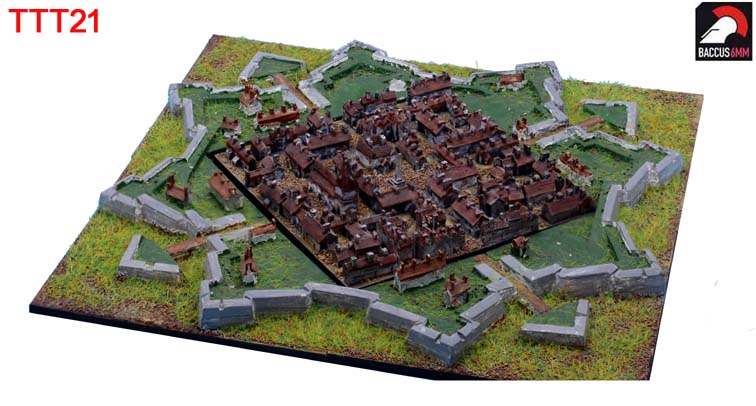 TTT21
TTT21European Fortified town
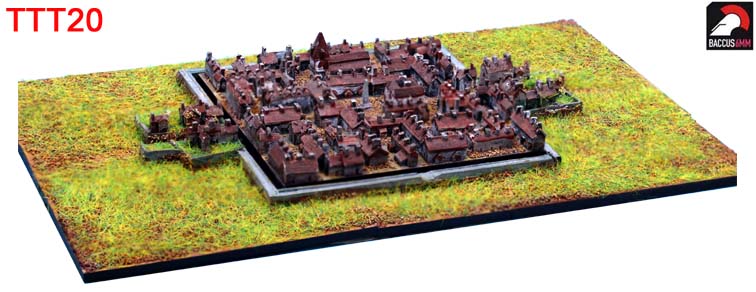 TTT20
TTT20European Town
 TTT06
TTT06Roman Legionary Fort
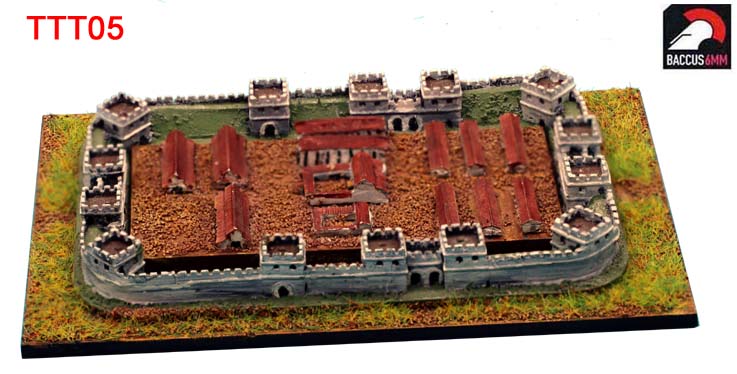 TTT05
TTT05Roman Auxilia Fort
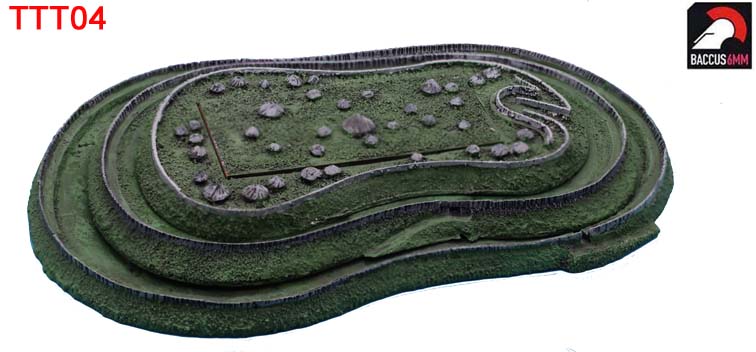 TTT04
TTT04Celtic Hill Fort (three sections)
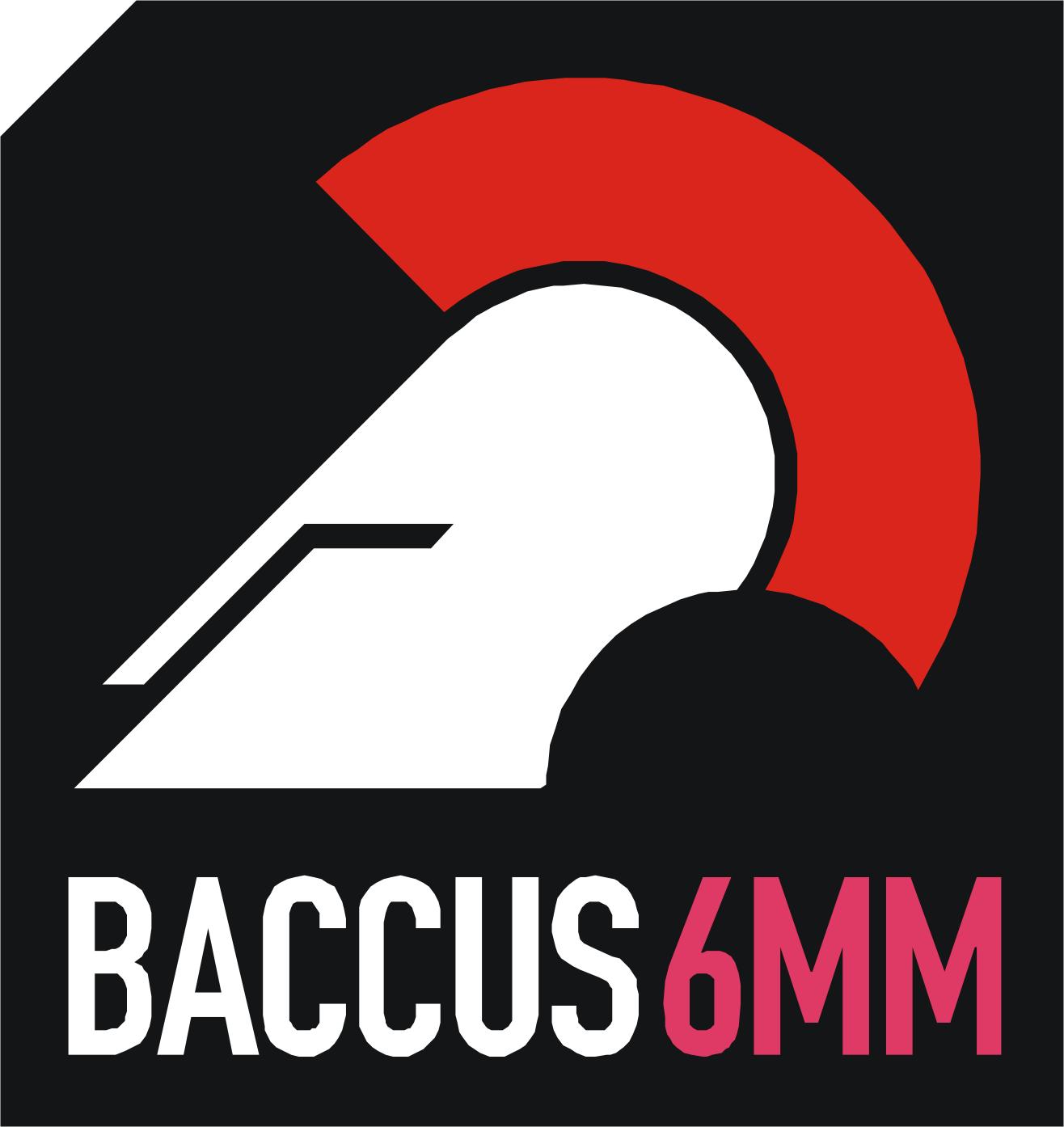




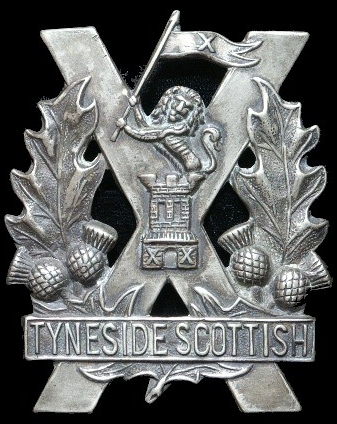 General de Division Questions
General de Division Questions